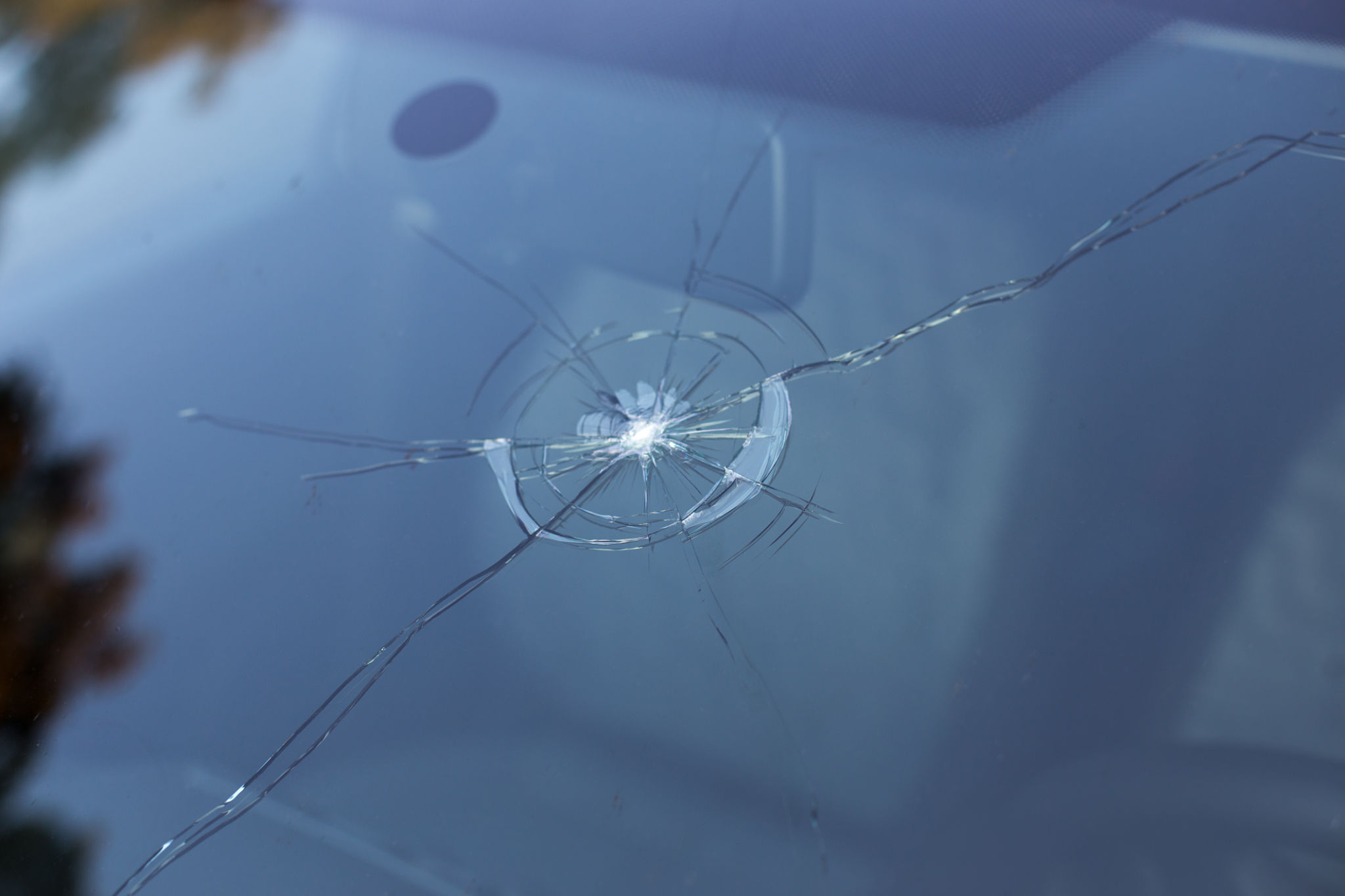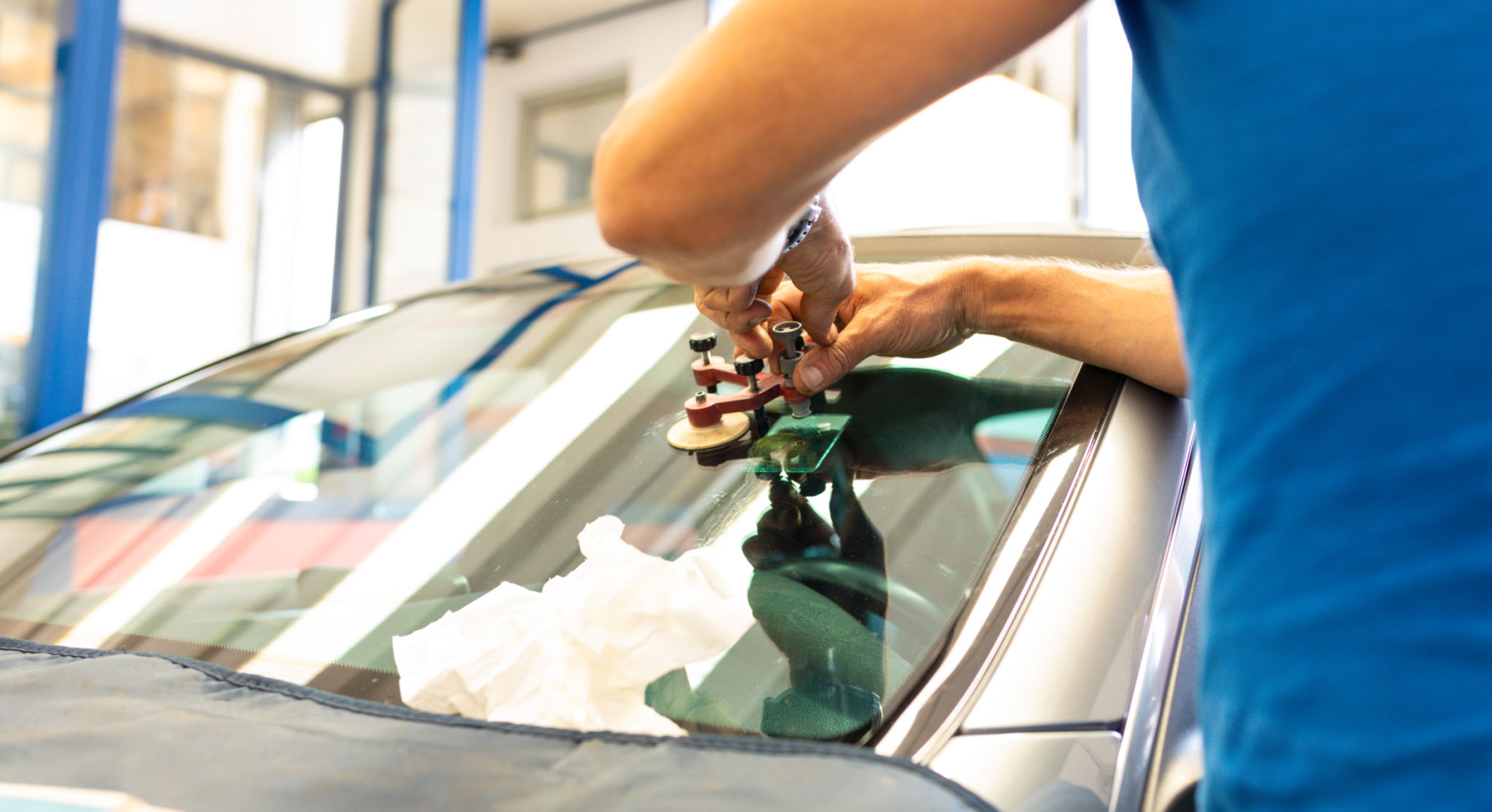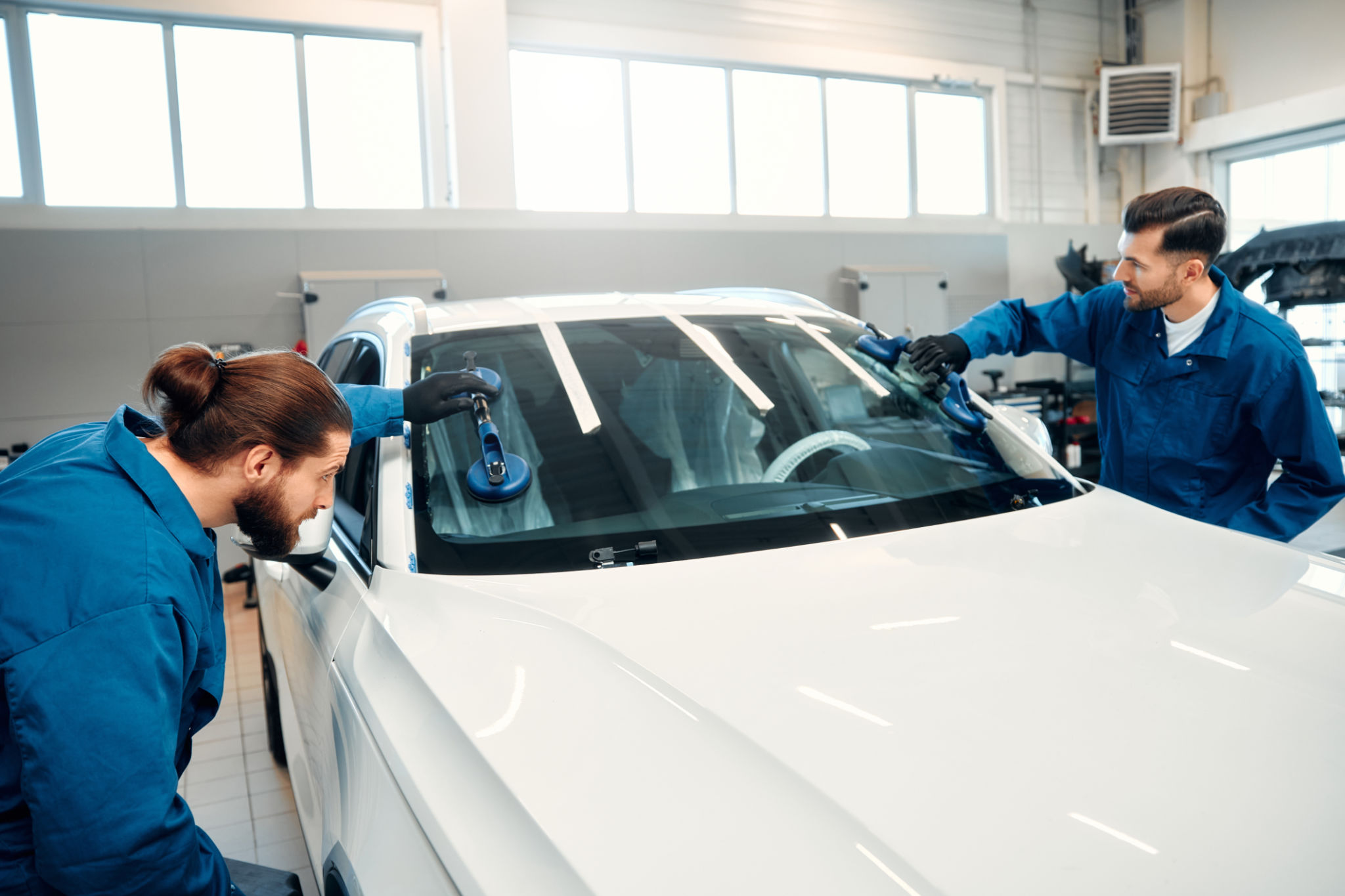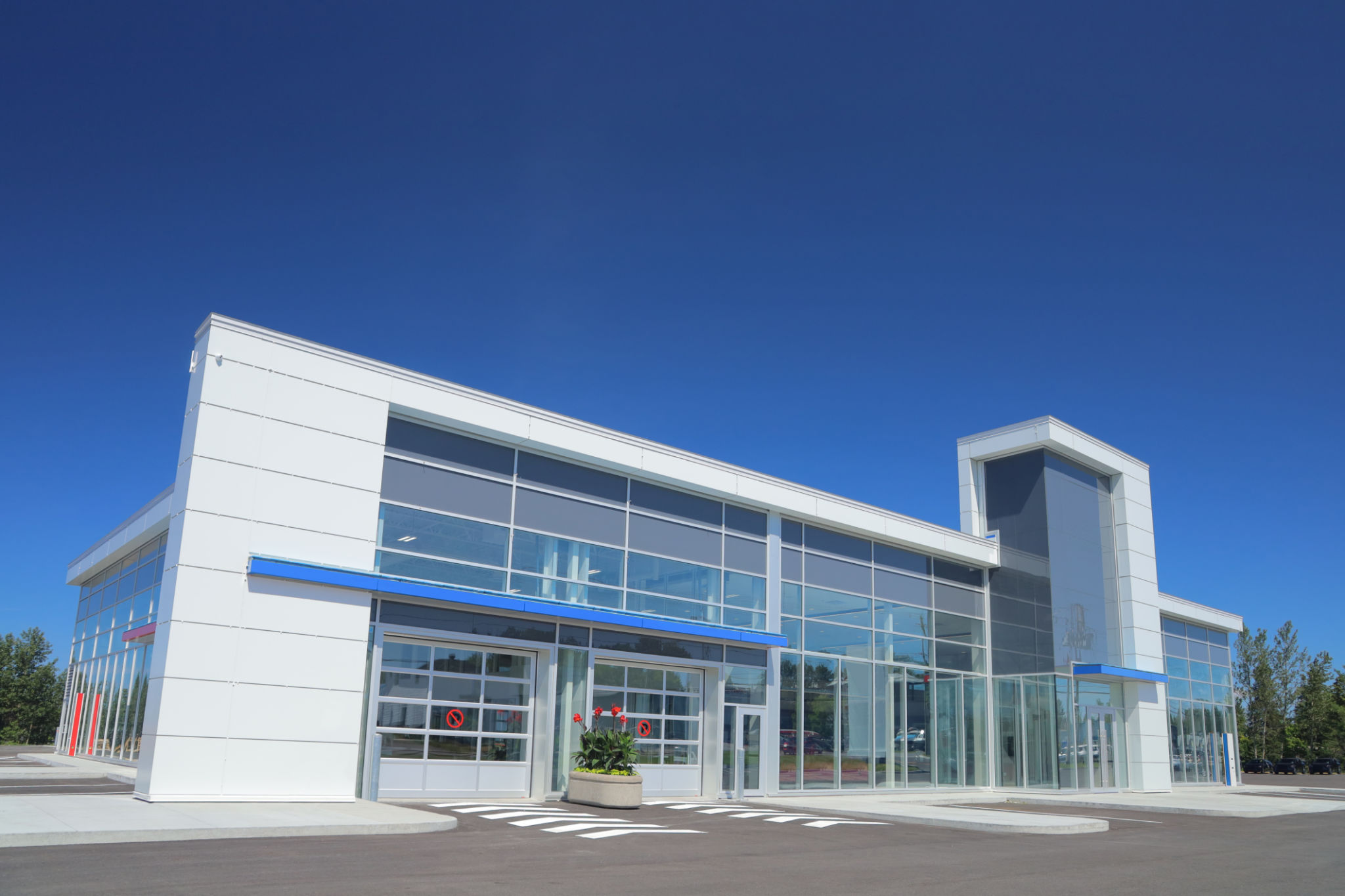How to Choose Between Windshield Repair and Replacement
Understanding the Difference Between Repair and Replacement
When faced with a damaged windshield, many car owners find themselves at a crossroads: should they opt for a repair or go for a complete replacement? Understanding the nature of the damage is crucial in making this decision. Generally, small chips and cracks can often be repaired, while larger, more severe damages necessitate a full replacement. Evaluating the extent of the damage is the first step in deciding the best course of action.
Several factors come into play when determining whether to repair or replace your windshield. These include the size, depth, and location of the damage. For instance, chips smaller than a quarter or cracks less than three inches can typically be repaired. However, if the damage is directly in the driver's line of sight, replacement might be the safer option.

When to Consider Windshield Repair
Windshield repair is often quicker and more cost-effective than replacement. If the damage is minor and not obstructing visibility, repair is usually sufficient. This process involves injecting a special resin into the damaged area, which is then cured and polished to restore clarity and structural integrity. Repairing a windshield not only saves time but also maintains the original factory seal of the vehicle.
In addition to being economical, repair is environmentally friendly. By choosing to repair rather than replace, you help reduce waste and conserve resources. It's important to act quickly, though, as delaying repairs can lead to further damage that may necessitate a replacement.

When Replacement Becomes Necessary
Replacement is required when the damage compromises the windshield's structural integrity or if repair attempts are ineffective. Large cracks or chips near the edge of the windshield weaken its strength and can jeopardize safety in an accident. Furthermore, if multiple repairs have already been done on the windshield, replacing it might be more practical.
Another consideration is the age and condition of the windshield. Older windshields may have accumulated wear and tear that makes them more susceptible to damage. In such cases, replacement ensures that your vehicle's safety features are up-to-date.

The Cost Factor
The decision between repair and replacement also hinges on cost considerations. Repairs are generally less expensive, often covered by insurance with no deductible, whereas replacements can be costly depending on the make and model of your vehicle. It's wise to check with your insurance provider about coverage options to potentially offset these expenses.
Some insurance policies may cover the full cost of repairs but only a portion of replacement costs. Understanding your coverage can significantly influence your decision-making process.
How to Choose a Service Provider
Once you've decided on repair or replacement, choosing a reputable service provider is critical. Look for certified technicians with positive reviews and a solid reputation in your community. Quality workmanship ensures that your windshield will be properly repaired or installed to meet safety standards.
Additionally, inquire about warranties offered on repairs or replacements. A reliable service provider will stand behind their work and provide assurances for future issues related to their service.

Conclusion: Making an Informed Decision
Deciding between windshield repair and replacement involves evaluating the extent of damage, safety implications, costs, and available insurance coverage. By understanding these factors, you can make an informed choice that prioritizes safety while being mindful of costs.
Ultimately, addressing windshield damage promptly ensures your vehicle remains safe and roadworthy. Whether you choose repair or replacement, taking swift action minimizes risks and maximizes peace of mind.